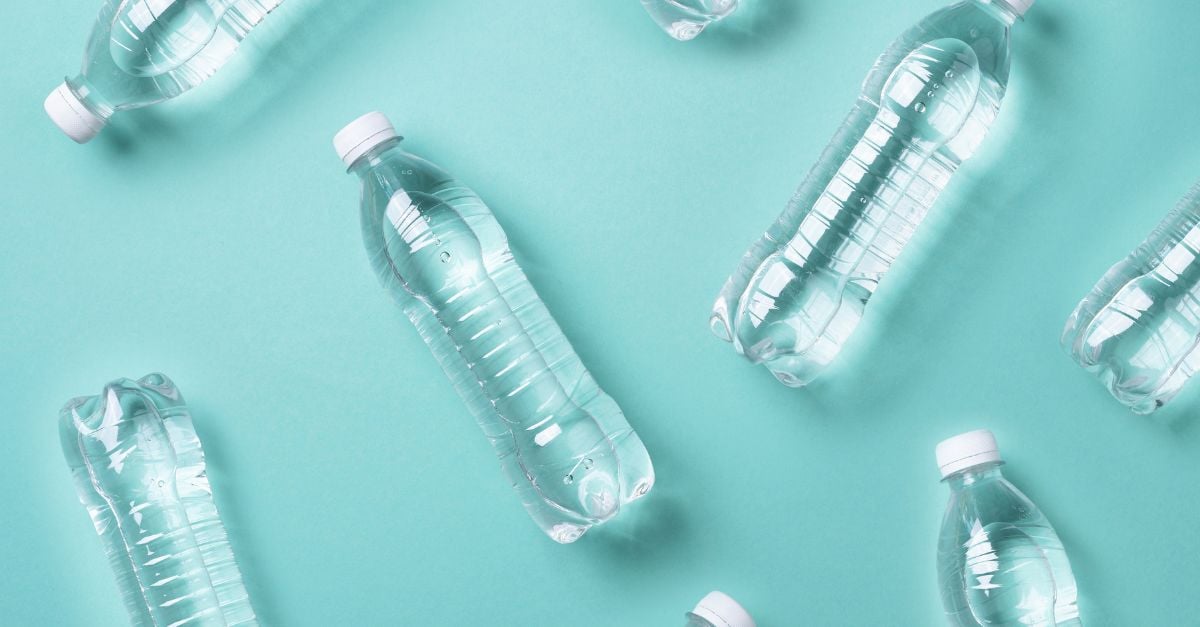
Using recycled PET plastics (rPET)
Overview of issues, market drivers and bottlenecks currently facing the recycled PET plastics market. We discuss the pros and cons of recycling PET plastics, what alternatives there are to obtaining high quality recycled plastics and much more.
Issues facing the market in relation to Mechanically Recycled Clear PET (rPET)
Everyone in the industry knows there are complex issues with regards to the availability, affordability and consistency of high quality clear rPET. There are so many factors that play into this that we wanted to showcase the different aspects to better understand this problem. We’ve also interviewed several brand owners, recyclers and other players in the market to get their perspective.
Table of content
1. Context: The pros and cons of recycling PET bottles and other plastic waste
2. Background: Why is rPET so scarce and expensive?
3. Costs: Factors driving up rPET prices
4. The major hurdles of high quality rPET
5. Different solutions to retain rPET value
6. How does color neutralization work?
7. The different forms of color neutralization for rPET
8. See an example of colored rPET
9. Case study: How one of the largest recyclers was able to create a steady supply of high-quality rPET
10. Conclusion

Download this guide in PDF
Tip: you can always download this guide in handy, interactive PDF format.
.png?width=3307&height=3307&name=Untitled%20design%20(15).png)
.png?width=1500&height=750&name=Ontwerp%20zonder%20titel%20(4).png)
.png?width=1500&height=750&name=Ontwerp%20zonder%20titel%20(3).png)